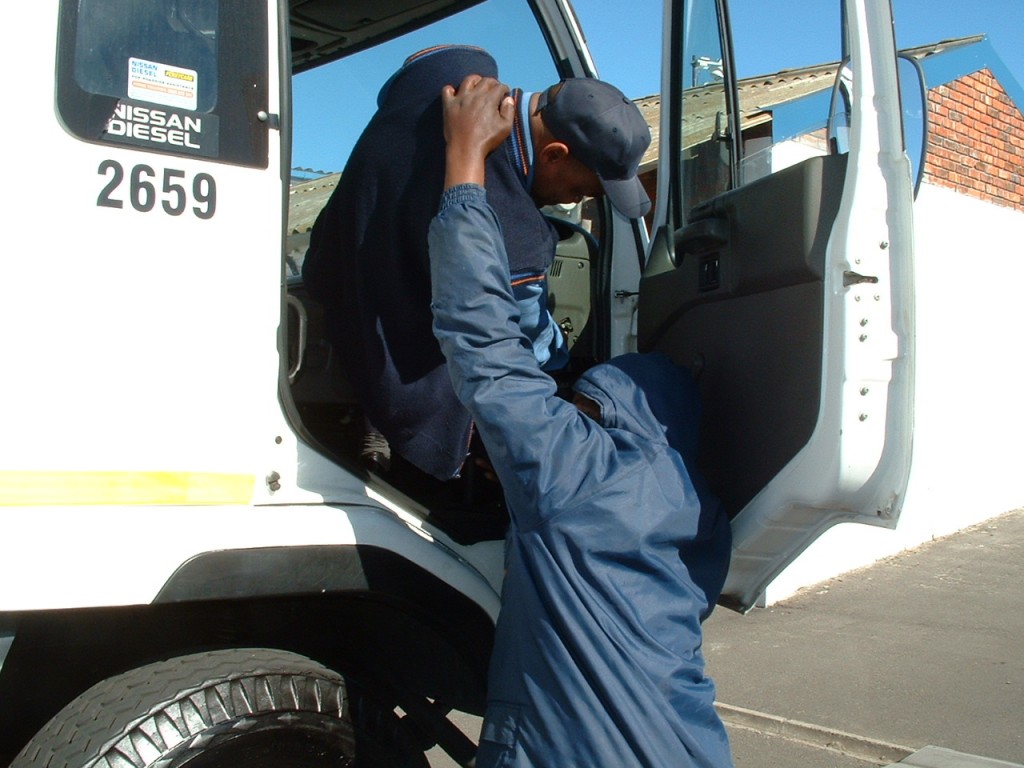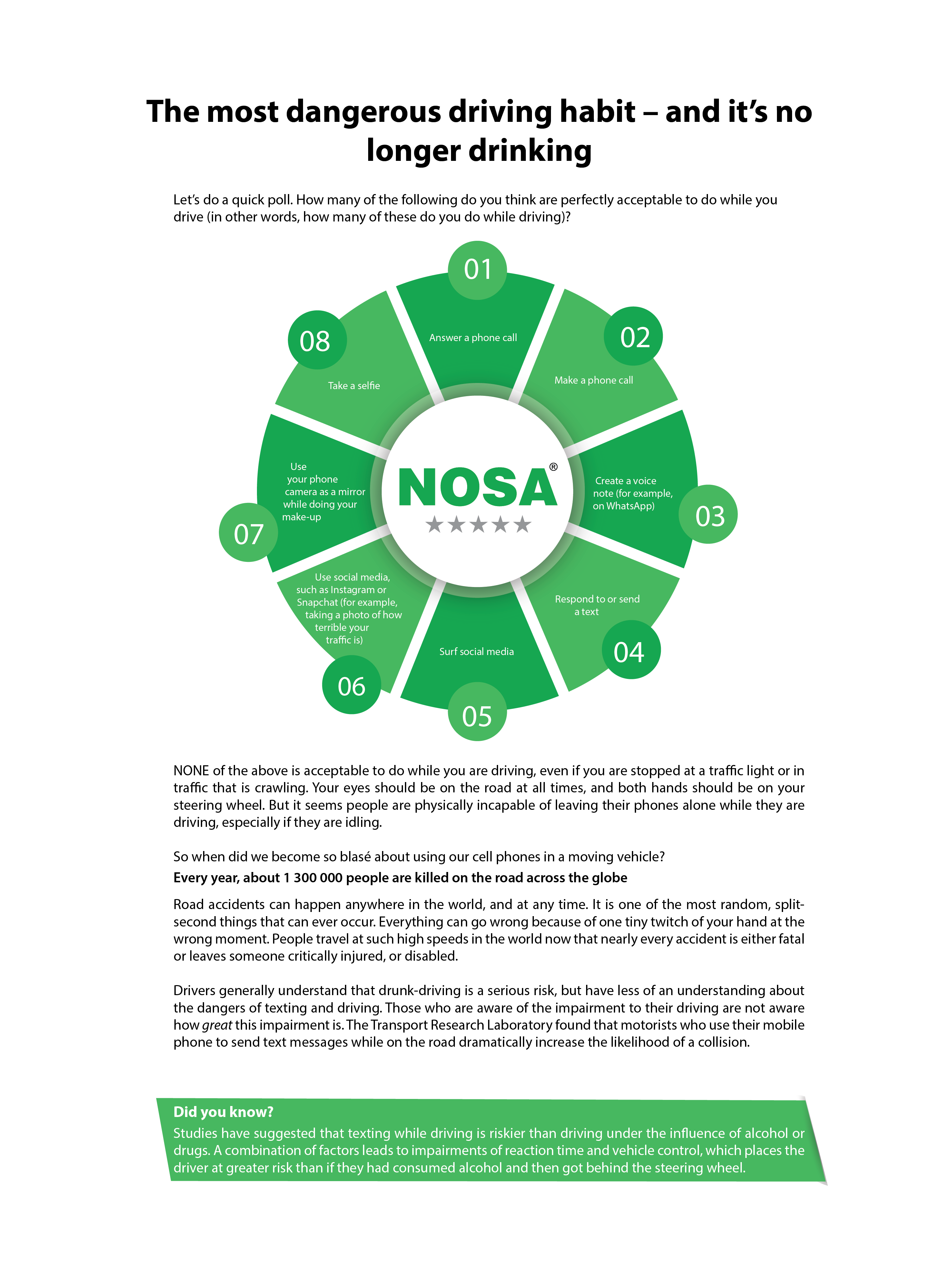Although you probably already have security procedures and cameras in place, there remains a need to further educate your employees on how to prevent a hijacking. Some commercial vehicles (such as pick-up and delivery trucks, tractors and trailers, armoured vehicles, mail and package delivery vehicles, etc.) can be especially vulnerable to hijacking attempts. Today we offer advice on the safety procedures your drivers can use to avoid being involved in a hijacking.
Topics: road safety, Tips, Safety training, driving safety, Emergency tips, long-haul driving, driver training
Point of fact – there are only hard HSE questions if you don’t have an answer for them. And this is not advisable when your actions (or inactions) can lead to injury or loss of life. Have a look at the following sample list of ‘hard’ HSE questions. If your answers resemble the solutions we have provided, then every HSE question will more than likely have an easy answer. Simple.
Topics: Occupational Health and Safety, HSE, Safety, HSE best practice, Safety training
The last few of our blogs have made it clear that there is a positive case for utilising social media in your efforts to promote and maintain a safe working environment. We always like to offer a balanced approach to every argument, which is why today we take a look at the 11 potential risks associated with using social media in the workplace.
Topics: Risk management, Safety, HSE best practice, Safety training, HSE training, risk, HSE and social media
The most dangerous driving habit – and it’s no longer drinking
Topics: Occupational Health and Safety, Safety, Safety training, driving safety
Almost there, and this is the last active step you’ll take when it comes to rolling out your health and safety training. Today we’re talking evaluation. And why is it so important?
Topics: work safety, HSE, training, Safety training, HSE training
Topics: work safety, training, Safety training, HSE training, training programme
Topics: Career in Health and Safety, HSE, Safety training, HSE training
We’re now halfway through unpacking the process of rolling out your workplace safety training, and it’s time to move on to how to develop your training materials.
Topics: work safety, Occupational Health and Safety, Safety training, HSE training
Today, we return to our series on rolling out an effective workplace safety. Now that you’ve performed your training-needs analysis and figured out how to apply adult learning principles, it’s time to move on to step 3 of rolling out your HSE workplace training – namely, developing learning objectives.
Topics: training, Safety training, HSE training, training programme
How to apply adult learning principles in workplace safety training
We’ve covered how to implement a training-needs analysis. In the second of our blogs on rolling out HSE training in the workplace, we focus on the adult learning principles you’ll need to adopt for the training to be effective. The workers you want to train are adults, and adults share certain characteristics that make training more effective for them (or less effective if you ignore the characteristics). If your training recognises and respects these adult learning principles, it is likely to be more effective. If your training disregards these principles, you’re wasting training money.
Topics: work safety, Safety training, HSE training, training programme, adult learning














